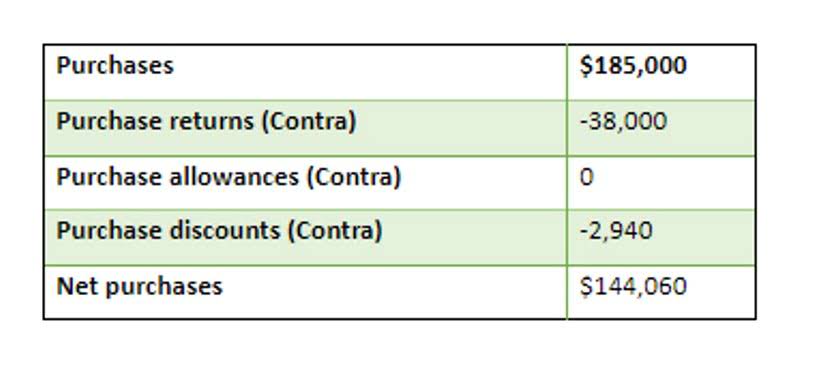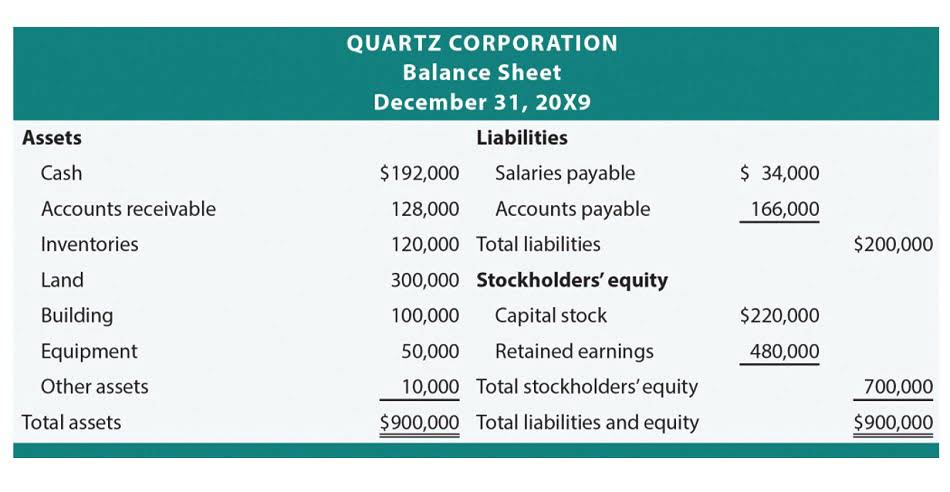Content

While structuring and filling out a chart of accounts for small business might not be very hard, the difficulties will, however, pile up as you continue to grow. The chart of accounts is used as a tool for analyzing past performance to prepare for the future. Nonetheless, if it is not able to represent data error-free and without many hurdles, it is bound to fall short of its purpose. But if you are starting from scratch, then the following is great place to start. The standard chart of accounts is also called the uniform chart of accounts.

This is called double-entry accounting, which is a bookkeeping method where you track where your money comes from and where it goes. This is important to ensure the accuracy of accounts listed in the chart of accounts. Since the chart of accounts creates a listing of all accounts as found within the general ledger, it contributes to the creation of the double-entry bookkeeping system as well. In other words, the chart of accounts lists all the information provided in the general ledger and then uses specific codes to denote the bookkeeping transactions. Because it’s a complete and accurate listing or index, a chart of accounts can be a significant part of helping an external stakeholder better understand how a company has set up its financials.
SAP Business One
If they (or you, as the business owner) are looking for a detailed look at the current state of all the operational pieces that fit together. The chart of accounts (abbreviated as COA) is simply a listing of all accounts that appear in an accounting system’s general ledger for a business. At a glance, it can provide a transparent and digestible overview of the structure of your accounts and similar groupings of accounts. As such, it’s exhaustive but not necessarily intended to be a tool of analysis.
- Then the sequential number indicates the specific account or subcategory.
- This is crucial if you plan on applying for loans, investment, and funding when you expand.
- The Spanish generally accepted accounting principles chart of accounts layout is used in Spain.
- A chart of accounts is an index of financial transactions your company has made during a certain time frame—usually a dedicated accounting period.
- The first digit might, for example, signify the type of account (asset, liability, etc.).
- These “buckets” correspond to different reporting statements, which are generally split to include the balance sheets, income statements, and any work in progress reports.
A company could assign account numbers to control the order of accounts in financial statements to make them simpler to decipher and more actionable. Within the five broad categories, the chart of accounts contains separate sets of accounts for the purposes of recording and organizing specific transactions. More than 4,200 companies of all sizes, across all industries, trust BlackLine to help them modernize their financial close, accounts receivable, and intercompany accounting processes. The revenue cycle refers to the entirety of a company’s ordering process from the time an order is placed until an invoice is paid and settled. The inability to apply payments on time and accurately can not only lock up cash, but also negatively impact future sales and the overall customer experience.
Income statement accounts
The chart of accounts for a major airline will have a lot more references to “aircraft parts” than your local cat cafe. The chart of accounts is a very useful tool for the access it provides to detailed financial information for individuals within companies and others, including investors and shareholders. For example, a company may decide to code assets from 100 to 199, liabilities from 200 to 299, equity from 300 to 399, and so forth.
Manually tracking every bit of income and expense can be daunting, especially if you’re just starting out and don’t have a separate bookkeeper yet. Automated tools like expense management software can create essential documents, including charts of accounts, income statements, and balance sheets. The https://simple-accounting.org/bookkeeper360-app-xero-integration-reviews/ provides a complete listing of all accounts, which you can structure according to your needs.
Balance sheet accounts
As a business owner, you have to record every transaction that your business is involved in, ranging from loans to a paid invoice from a customer. A chart of accounts will help you identify the correct account to record a transaction in. Keep reading our guide to what a chart of accounts is, how it works, its different parts, and why it is useful. It’s something that a sophisticated and experienced investor or lender can understand with ease, and gain a quick understanding of the financial health of your business by scanning through your chart of accounts. Smaller organizations, on the other hand, may decide to hold fewer account subtypes to keep their chart of accounts concise and easy to interpret.
What is the standard chart of accounts list?
- Assets.
- Liabilities.
- Owners' equity or Shareholder's Equity.
- Revenues.
- Cost of goods sold.
- Operating expenses.
- Other relevant accounts.
- (See the following standard chart of accounts example below).
We’re dedicated to delivering the most value in the shortest amount of time, equipping you to not only control close chaos, but also foster F&A excellence. Automatically process and analyze critical information such as sales and payment performance What is the Difference Between Bookkeeping and Accounting data, customer payment trends, and DSO to better manage risk and develop strategies to improve operational performance. Understand customer data and performance behaviors to minimize the risk of bad debt and the impact of late payments.